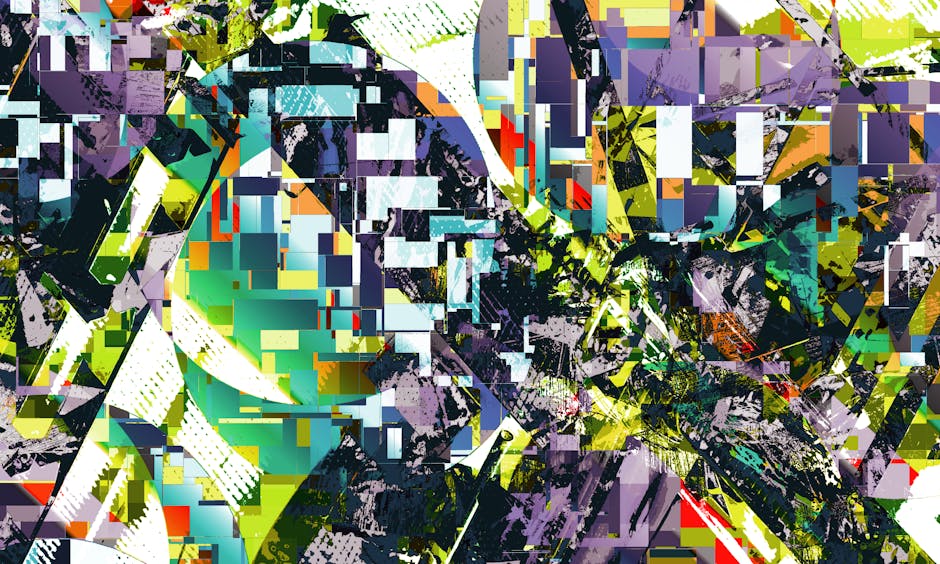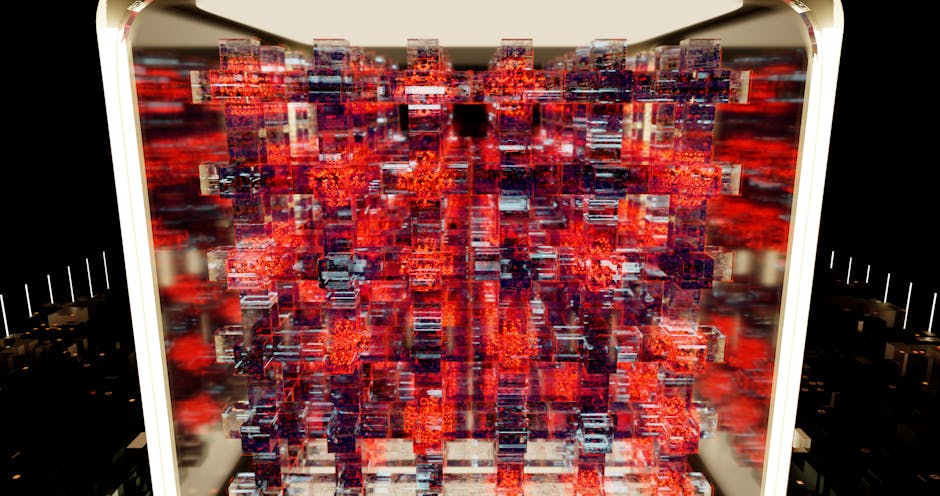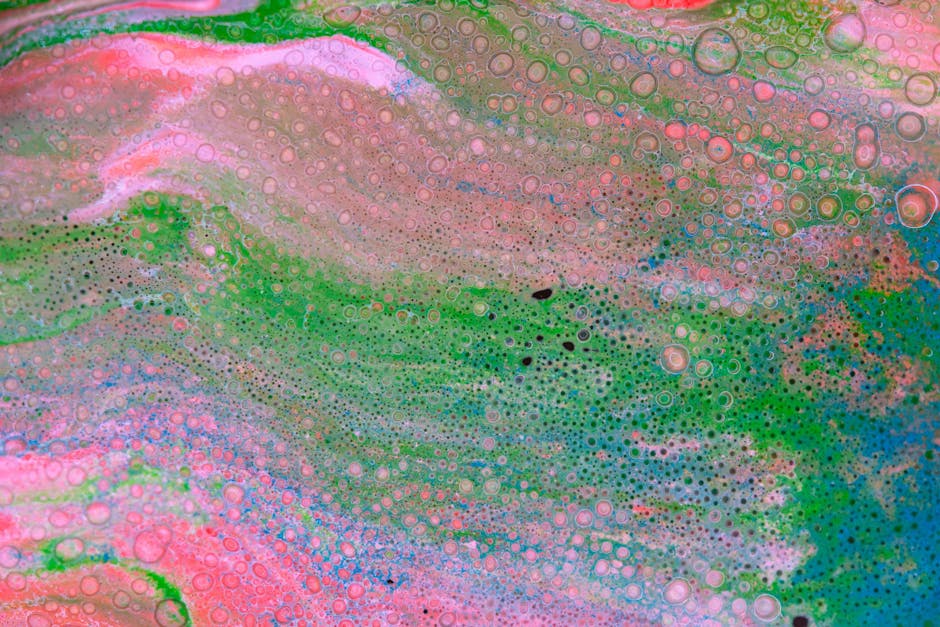Creating Dynamic Characters in Pixel Art
Pixel art is more than just colorful squares on a screen. it’s a way to tell stories through characters. But how do you create characters that truly pop? In this article, well explore the secrets to crafting dynamic pixel art characters that grab attention and resonate with players. Whether you’re a seasoned artist or just starting, youll find tips that can help you bring your creations to life.
What Makes a Character Dynamic?

A dynamic character is one that feels alive. They have personality, depth, and emotions that shine through their design. Think of your favorite video game character. Why do they stick in your mind? it’s likely their distinct traits and how they interact with the world.
To create a dynamic character, focus on these elements:
- Personality: What do they like or dislike?
- Backstory: What experiences shaped them?
- Visual Design: How does their appearance reflect their traits?
Combining these elements helps your character feel real. It draws players in and makes them care about the story.
Why is Visual Design Important?

The visual design of your character is crucial. it’s the first thing people notice. You need to communicate their personality through color, shape, and style. For example, a bright, colorful character might be cheerful and upbeat. In contrast, darker colors can indicate mystery or danger.
Here are key aspects to consider:
- Color Palette: Choose colors that match your character’s mood.
- Shapes: Round shapes can suggest friendliness, while sharp angles might imply danger.
- Details: Small features like scars or accessories can tell stories.
Think about how you feel when you see different colors. Bright colors make you feel happy, while dark hues can evoke fear or sadness. Use this to your advantage!
How to Start Designing Your Character?

Ready to jump into design? Start with a simple sketch. don’t worry about perfection. Just get your ideas on paper! Heres a step-by-step approach:
- Brainstorm: Jot down personality traits and backstory.
- Sketch: Draw rough shapes and features.
- Choose Colors: Pick a color palette that matches the personality.
- Refine: Add details and make adjustments.
This process helps you clarify your ideas. It also allows for flexibility. You might discover aspects you didn’t consider at first!
What Role Does Animation Play?

Animation breathes life into your characters. A character standing still feels flat. But when they move, they come alive! Simple animations can express emotions and actions.
Here are some tips for animating your pixel art characters:
- Start Small: Begin with basic movements, like walking or jumping.
- Use Keyframes: Focus on key positions, then fill in the gaps.
- Exaggerate Actions: Make movements clear by exaggerating them.
Consider how animated movies bring characters to life. Their expressions and movements convey emotions. In pixel art, you can achieve this through clever animation techniques!
How to Capture Emotion in Pixel Art?
Emotion is a vital part of character design. You want players to connect with your character. Use facial expressions and body language to convey feelings.
Here are ways to show emotion:
- Facial Features: Alter eyes, mouth, and eyebrows to express emotions.
- Posture: A slumped body might indicate sadness, while an upright stance suggests confidence.
- Colors: Use warmer colors for happiness and cooler tones for sadness.
For instance, think about how a character might look when they’re excited. Their eyes widen, and they might jump up with joy. Capturing these small details can make a big difference!
Why is Backstory Important?
A character’s backstory enriches their design. It gives context to their behavior and choices. Knowing where a character comes from can help you design them more thoughtfully.
For example, consider a character who grew up in a harsh environment. Their clothing might be rugged, and they might carry scars that tell their story. This adds layers to their personality.
Here are some ways to create a compelling backstory:
- Origin: Where did they grow up?
- Challenges: What obstacles have they faced?
- Goals: What do they want to achieve?
By answering these questions, you can create a richer character that players can relate to.
How to Use Feedback Effectively?
Feedback is essential for growth. Once you create your character, share it with others. Listen to their thoughts and suggestions. It can help you see things from a different perspective.
Here are tips to gather and use feedback:
- Be Open: Accept critiques without getting defensive.
- Ask Specific Questions: Guide feedback to areas where you feel uncertain.
- Revise: Use feedback to improve your design.
Remember, feedback is a tool for improvement. Embrace it, and your characters will become even more dynamic!
What Are the Common Pitfalls in Character Design?
Even experienced artists can stumble. Here are some common mistakes to avoid:
- Overcomplicating Design: Keep it simple. Too many details can confuse viewers.
- Ignoring Consistency: Make sure your character looks the same in different poses.
- Neglecting Animation: don’t skip animations! they’re crucial for bringing characters to life.
Avoiding these pitfalls can help your character design thrive. Simplifying your approach can often lead to more impactful results.
Can You Learn from Others?
Absolutely! Look at existing games and characters. Analyze what you like and dislike. This can inspire your own character designs.
Take notes on:
- Color Choices: How do different games use colors?
- Character Shapes: What shapes do they use for different personalities?
- Animation Styles: How do movements convey emotion?
Learning from others helps you develop your style while avoiding potential traps.
What Are Actionable Takeaways?
Creating dynamic characters in pixel art is a rewarding journey. Here are some key takeaways:
- Focus on personality, backstory, and visual design.
- Use colors and shapes to convey emotions.
- Start simple with sketches and animations.
- Seek feedback to improve your designs.
- Learn from existing characters to refine your skills.
With these tips, you’re well on your way to creating engaging characters that stand out in the gaming world. So, grab your pixel art software and start designing!
For more in-depth tips on pixel art, check out this resource on pixel art software. You can also explore our previous posts for more insights!
Happy creating!

